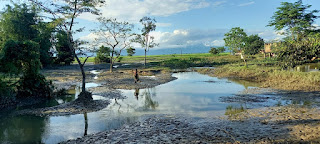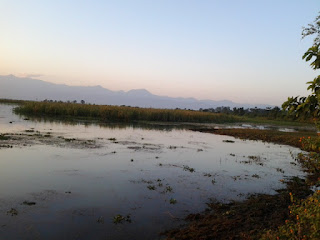Harmful Effects of Mobile Phone on Birds
MONOJ GOGOI S cientific studies from various parts of the world have already proven that electromagnetic radiation is one of the major drivers in drastic decline of bird population. Some species are more prone to electromagnetic radiation their populations are rapidly disappearing from the earth. Once there was no wireless connectivity except some radio and television towers, but now almost no area is spared mobile phone connectivity which resulted in massive electromagnetic radiation. Electromagnetic radiation is not visible to our eyes but its presence is everywhere. Most commonly found bird species – either local or migratory, are not available as earlier. https://youtu.be/Tt_NpgkTIW0 In an article published earlier in 2012 “Experts and studies find mobile phone towers are causes behind drastic decline of house sparrow population”( https://gmonoj.blogspot.com/2013/04/experts-and-studies-find-mobile-phone.html ) attempted to raise the issue of

